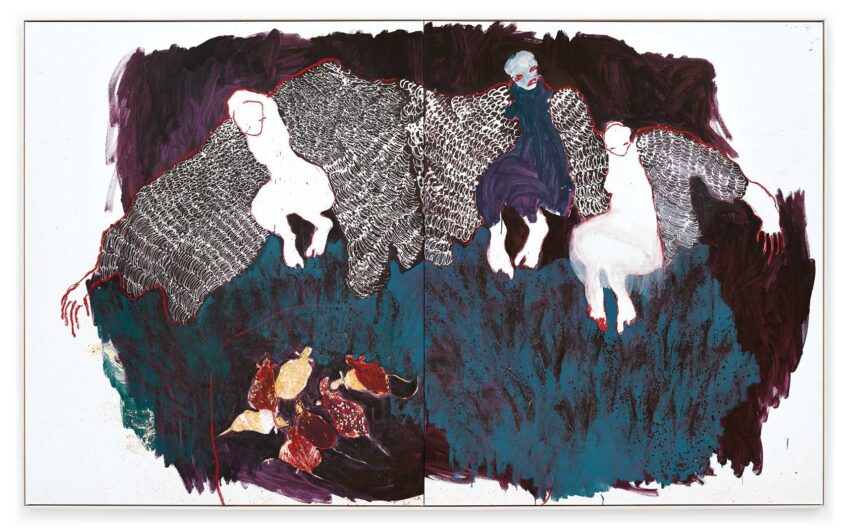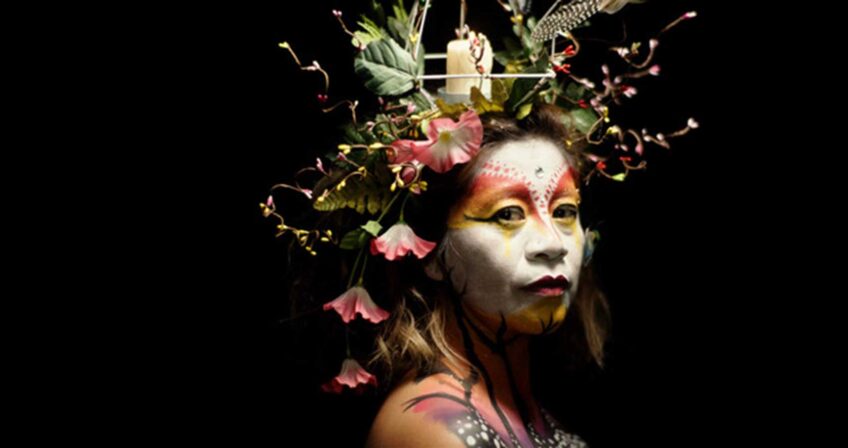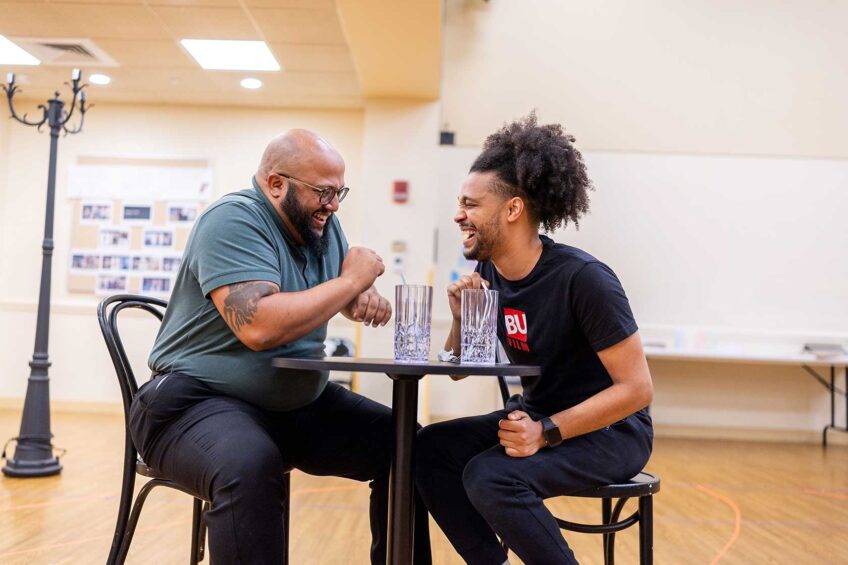Game designer finds the ‘Sweet Spot’ with new interactive public art piece
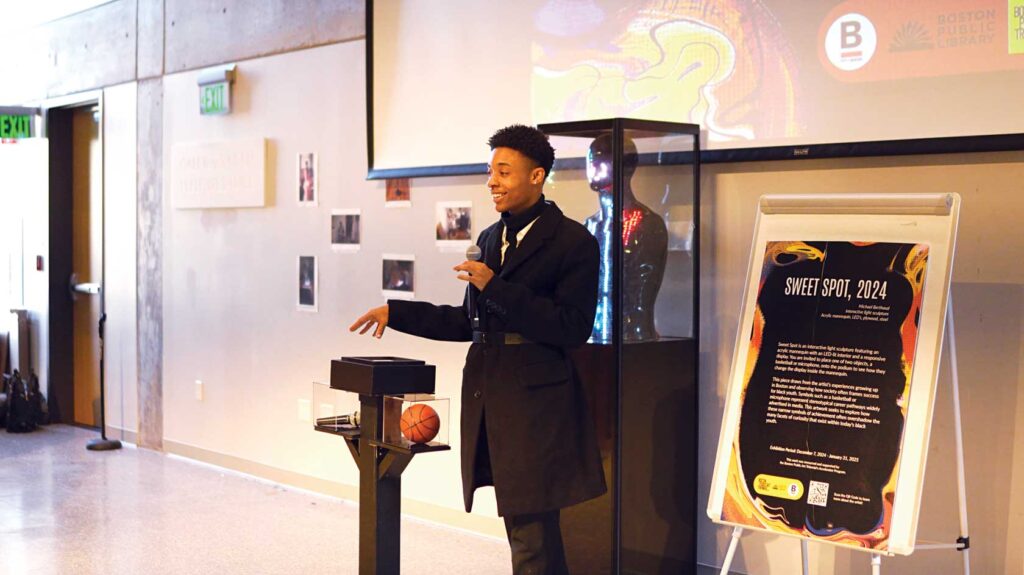
Banner Arts & Culture Sponsored by Cruz Companies

Unlike a digital game whose elements can easily be discarded and reshaped, a sculpture has more constraints due to the permanence of physical materials. Berthaud was up for the challenge.
“I did it because I’m really actually interested in expanding my practice,” Berthaud said, “in expanding the ideas of what is the game designer and their role in society.”
To create the artwork, Berthaud drew on his childhood as a first-generation Haitian growing up in Roxbury, a predominantly Black and Hispanic neighborhood, where he often saw music and basketball elevated as some of the stereotypical career paths available to youths of color. Standing in front of the piece on a recent Monday, Berthaud clarified that those options are indeed viable, but they can also be limiting.
Berthaud’s work “Sweet Spot” stands outside the Roxbury branch of the Boston Public Library and is on view until Jan. 31.
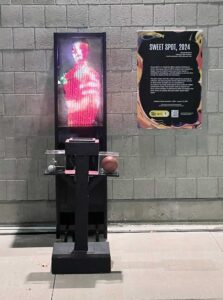
“Sweet Spot” is on view outside the Roxbury branch of the Boston Public Library. PHOTO: MICHAEL BERTHAUD
The primary component of the piece is a translucent, top-half, acrylic mannequin internally retrofitted with 2,000 LED lights. The mannequin serves as a display for moving images playing on a loop. To interact with the piece, the public is free to place one of two boxes — one containing a basketball, the other a microphone — on the podium. Doing so will change the visual sequence, prompting questions about “the things that we choose to praise,” Berthaud said.
The piece affords passersby in Nubian Square a sense of control, he said. They have the choice of which box to place on the pedestal and whether to remove it afterwards, all of which dictates what the mannequin looks like. The piece is also an investigation of identity. Instead of having a mannequin built from scratch, Berthaud chose to use a ready-made one, the kind you see in, say, a Foot Locker, where the way a mannequin is clothed is the archetype.
Berthaud wanted to “take some of that back, knowing that when I go into these stores, they’re constantly telling me what I should look like and how I should dress,” he said. “And I don’t like being told what to do.”
Through the Accelerator Artists program, Berthaud went through a “growing period” during which he had to figure out how to use physical media to express himself without a screen while keeping the artwork accessible. The program, he said, also helped him think about how to cater to an audience other than the one he produces for in his line of work.
The result was a sculpture that not only speaks to Berthaud’s relationship with objects and the external world, but hopefully also resonates with people who grew up similarly to how he did, pushed and pulled between what is expected and what they truly want.
“I can’t help but think about a kid that’s like me growing up in my environment, and I just want to kind of give them…that head nod, or affirmation that whatever you’re interested in, that you should do it, and it’s cool, and it’s okay,” he said. “Because I didn’t see that.”




